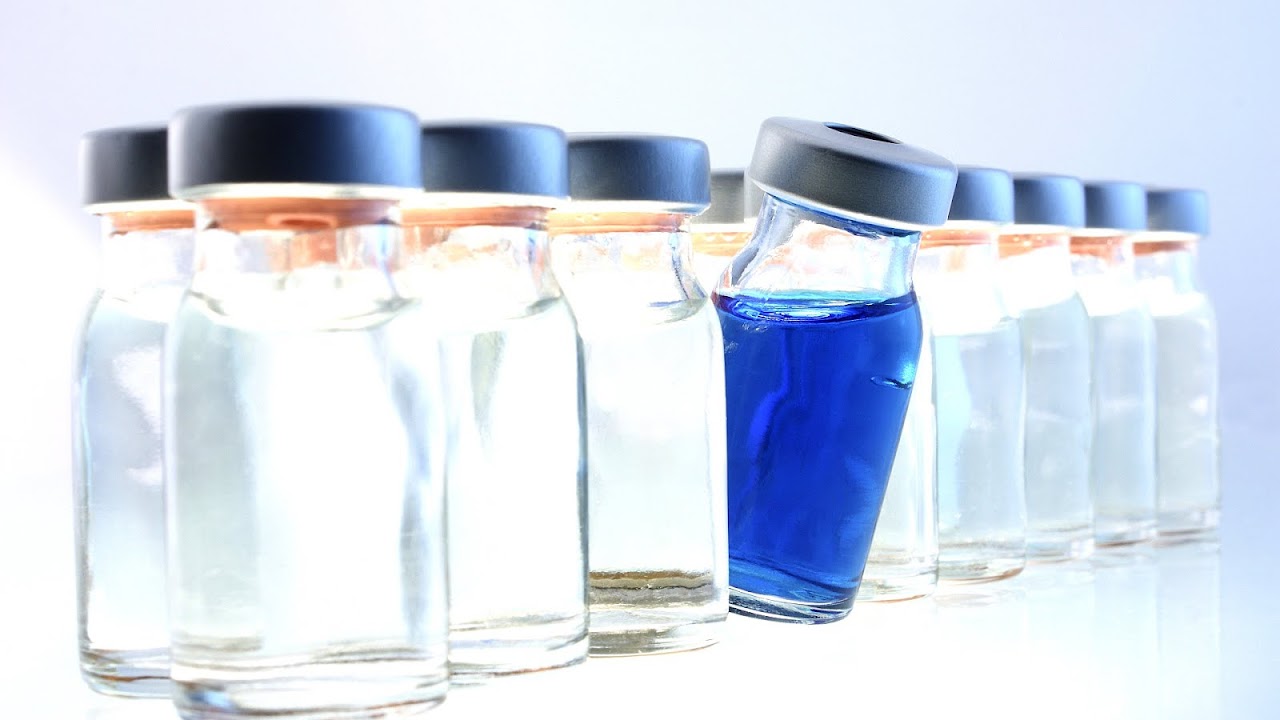
Tocilizumab (INN, or atlizumab, developed by Hoffmann-La Roche and Chugai and sold under the trade names Actemra and RoActemra) is an immunosuppressive drug, mainly for the treatment of rheumatoid arthritis (RA) and systemic juvenile idiopathic arthritis, a severe form of arthritis in children. It is a humanized monoclonal antibody against the interleukin-6 receptor (IL-6R). Interleukin 6 (IL-6) is a cytokine that plays an important role in immune response and is implicated in the pathogenesis of many diseases, such as autoimmune diseases, multiple myeloma and prostate cancer.

Maps, Directions, and Place Reviews
Medical uses
The drug is administered by monthly intravenous infusions. An infusion takes about an hour. An alternative formulation for subcutaneous injection was approved in October 2013.
Rheumatoid arthritis
Tocilizumab is used for the treatment of moderate to severe rheumatoid arthritis, applied in combination with methotrexate, if other drugs like disease-modifying antirheumatic drugs (DMARDs) and TNF alpha blockers have proven to be ineffective or were not tolerated. It can be used as a monotherapy for patients who do not tolerate methotrexate. The drug slows down the progression of the disease and can improve physical function of patients.
Systemic juvenile idiopathic arthritis
The treatment of systemic juvenile idiopathic arthritis is similar to RA treatment: tocilizumab is combined with methotrexate unless the latter is not tolerated. General safety and effectiveness is established for children of two years and older.
In 2011 the US FDA approved tocilizumab for the treatment of the orphan disease, active systemic juvenile idiopathic arthritis (SJIA), a rare and severe form of arthritis affecting children.
Castleman's disease
In Japan, tocilizumab is also approved for the treatment of Castleman's disease, a rare benign tumor of B cells.
Neuromyelitis optica
Early case reports suggest tocilizumab might be effective in otherwise refractory neuromyelitis optica (NMO, Devic's disease).
Giant cell arteritis
In May 2017, tocilizumab was FDA approved for giant cell (temporal) arteritis.

Pregnancy and lactation
No clinical studies evaluating the risk for unborn children are available. A study using large doses of tocilizumab in pregnant animals has found an increased likelihood for spontaneous abortion and death of the unborn. It is not known whether the drug is secreted into the breast milk, nor if this would pose a risk for the nursling.

Contraindications
The application of tocilizumab is contraindicated during acute infections, as well as under latent tuberculosis.

Adverse effects
The most common adverse effects observed in clinical trials were upper respiratory tract infections (more than 10% of patients), nasopharyngitis (common cold), headache, and high blood pressure (at least 5%). The enzyme alanine transaminase was also elevated in at least 5% of patients, but in most cases without symptoms. Elevated total cholesterol levels were common. Among the less common side effects were dizziness, various infections, as well as reactions of the skin and mucosae like mild rashes, gastritis and mouth ulcer. Rare but severe reactions were gastrointestinal perforations (0.26% in six months) and anaphylaxis (0.2%).

Interactions
There are no certain interactions with other drugs. The blood plasma levels of simvastatin were reduced by 57% after a single dose of tocilizumab, but it is not known whether this is clinically relevant. A possible mechanism is that the elevated IL-6 levels of patients with RA suppress the biosynthesis of various cytochrome P450 enzymes, notably CYP1A2, CYP2C9, CYP2C19 and CYP3A4. Tocilizumab lowers IL-6 and thus normalises cytochrome levels, increasing the metabolization of simvastatin (and possibly other cytochrome metabolised drugs).

Mechanism of action
Besides other functions, interleukin 6 (IL-6) is involved in the development of immunological and inflammatory reactions. Autoimmune diseases like RA are associated with abnormally high IL-6 levels. Tocilizumab binds soluble as well as membrane bound interleukin-6 receptors, hindering IL-6 from exerting its pro-inflammatory effects. It has been noted that the membrane bound form and soluble form of the IL-6 receptor may have different effects in the pathogenisis of rheumatoid arthritis with the soluble form being more implicated in disease progression.

History
Interleukin 6 and its receptor were discovered and cloned at Osaka University, Japan, by Tadamitsu Kishimoto in the 1980s. In 1997, Chugai Pharmaceuticals began the clinical development of tocilizumab for the treatment of rheumatoid arthritis. Clinical studies for Castleman's disease and systemic juvenile idiopathic arthritis started in 2001 and 2002, respectively. Hoffmann-La Roche co-developed the drug due to a license agreement in 2003.
Data presented in 2008 showed the effectiveness of tocilizumab in combination therapy with methotrexate for RA treatment. In further studies, it was effective and generally well tolerated when administered either as monotherapy or in combination with conventional DMARDs in adult patients with moderate to severe rheumatoid arthritis.
In June 2005, tocilizumab was approved in Japan for Castleman's disease. In January 2009, the drug was approved by the European Medicines Agency (EMA) as RoActemra for the treatment of rheumatoid arthritis under the mentioned restrictions. On 11 January 2010, it was approved by the U.S. Food and Drug Administration (US FDA) as Actemra for the same purpose. Tocilizumab was approved by Australia's Therapeutic Goods Administration on 27 May 2009 and was listed on the Pharmaceutical Benefits Scheme from 1 August 2010. In New Zealand, tocilizumab was approved for distribution in July 2009, and Pharmac approved subsidising it with special authority restrictions on 1 July 2013 for systemic juvenile idiopathic arthritis and 1 July 2014 for rheumatoid arthritis. The FDA approved tocilizumab for the treatment of systemic juvenile idiopathic arthritis for children from two years of age in April 2011, and the EMA followed in August the same year.
Tocilizumab is marketed by Chugai in some countries, especially in Japan and other Asian countries, and jointly by Chugai and Roche (Hoffmann-La Roche's holding company) in others, for example Great Britain, France and Germany.

Research
Tocilizumab was first used in large-cell lung carcinoma; in phase I/II trial of tocilizumab in ovarian cancer EGFR pathway upregulation was observed and after inhibition of this pathway by gefitinib tumor growth was decreased both in vitro and in vivo. Tocilizumab is being studied for pulmonary arterial hypertension (PAH).
Source of the article : Wikipedia


EmoticonEmoticon